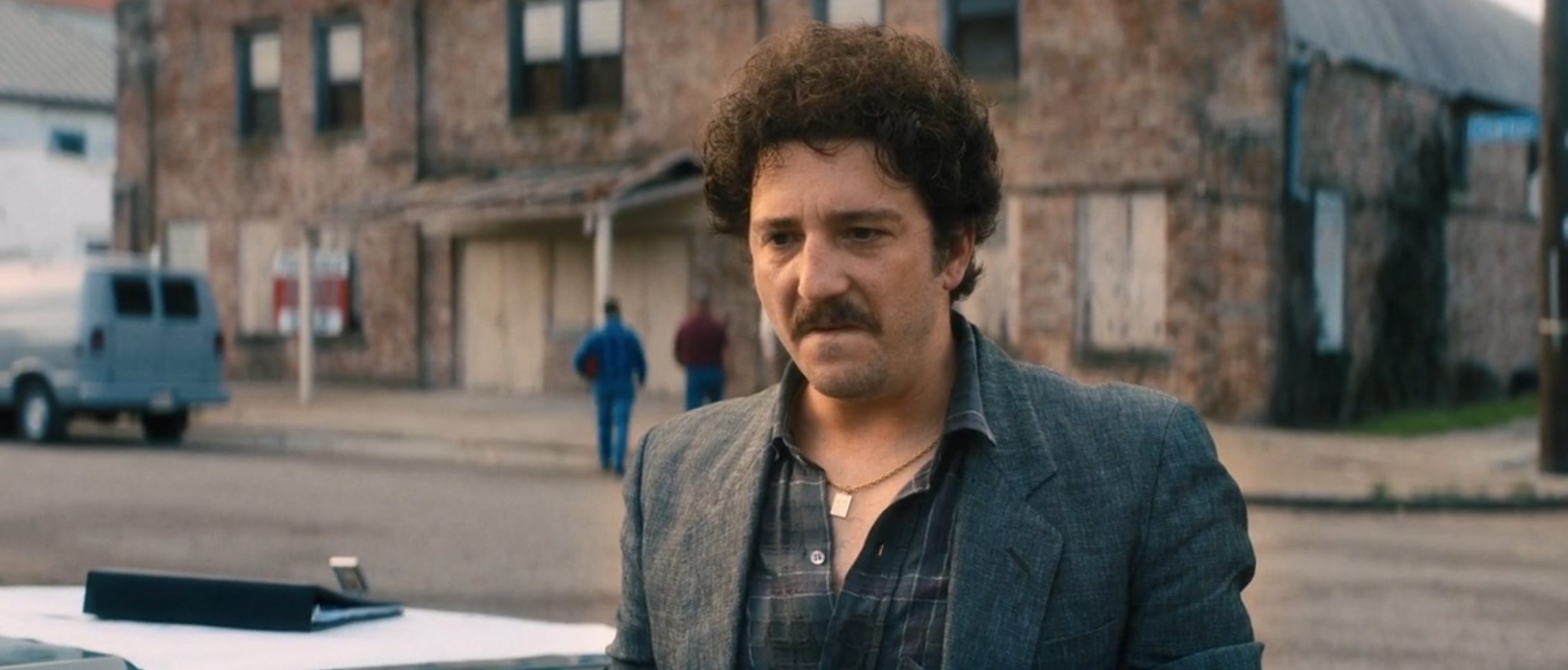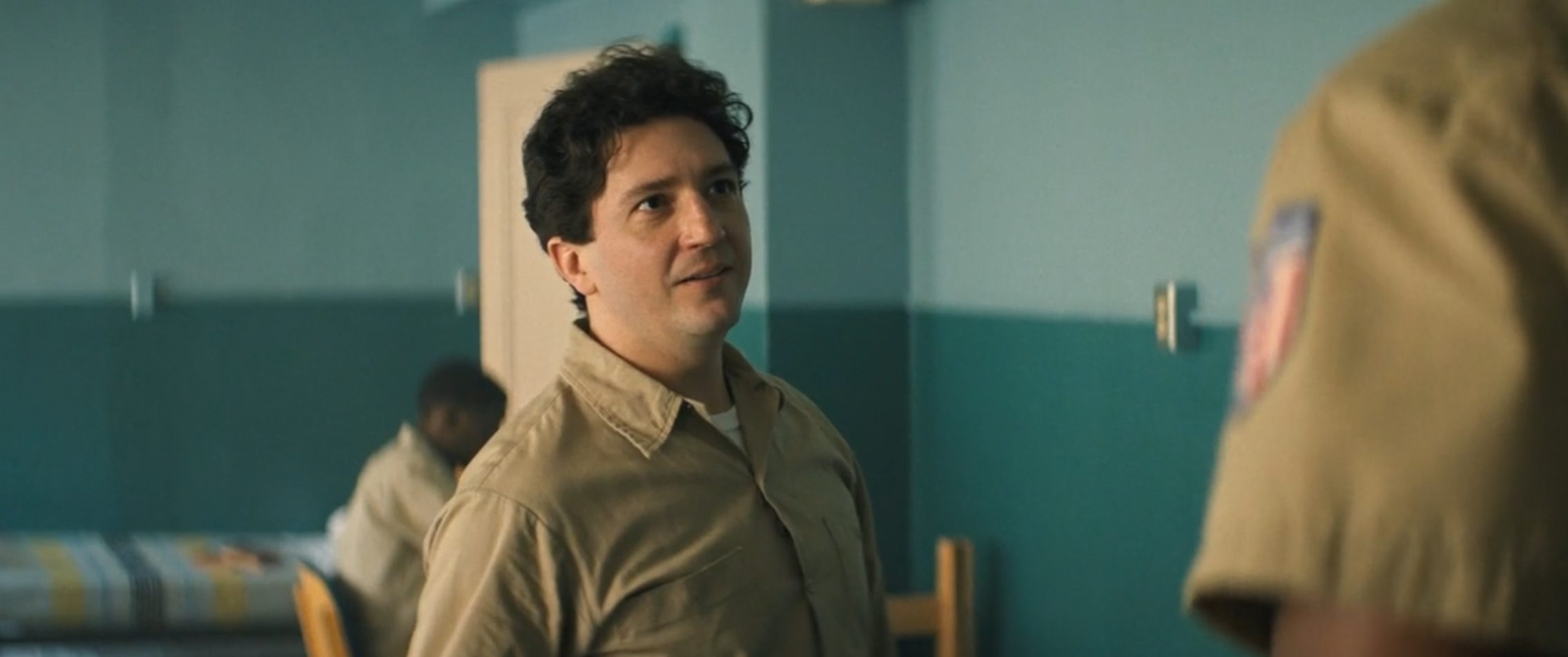‘Big George Foreman’ follows the life story of the legendary boxer George Foreman, who creates history by becoming the oldest heavyweight champion in history. He has already held the title once and had an Olympic gold medal to his name, but the journey to this glorious career is not easy. Foreman grows up in poverty and seeks something to help him find a direction in life. This is when he signs up for the Job Corps. Here, he meets a man named Desmond Baker.
George and Desmond become such good friends that when the boxer becomes the heavyweight champion and starts making money, he puts the latter in charge of it. It turns out to be a bad decision because, years later, Desmond loses all of George’s money, leaving him with almost nothing. If you wonder whether Desmond Baker is based on a real person who lost George Foreman’s money, here’s what you need to know.
Desmond Baker is a Fictional Character
Desmond Baker (played by John Magaro) is not based on an actual person. He is an original character created to serve the movie’s narrative. Desmond is most likely a composite character, inspired by the people Foreman trusted with his money over the years. In real life, the boxer had no friend by that name whom he made his account manager.

While the character might not be real, the financial crisis he puts Foreman in is real. Reportedly, the former boxer lost a nest egg worth $5 million on bad investments. By this time, he had retired and became a preacher. So, all the money he had was from the years of his boxing career. Foreman revealed that he saved about 25 percent of whatever he earned from every match into a pension and profit-sharing plan, which he used when he retired and lost his primary source of income.
“When I first started making money from boxing, I put 25% of all my earnings into a trust fund. I made other investments during that time, in cattle and gas wells, that I lost my shirt on, but I always had the trust fund. When I retired to become a minister, I survived on that money. I learned how important it is to have something to fall back on,” Foreman said. His loss of almost all his money brought him to the brink of bankruptcy.
“It was that scary because you hear about people being homeless, and I was only fractions, fractions from being homeless,” the boxer said. He was also running a community center by this time and needed money to keep it running. With no other viable option in sight, Foreman turned back to boxing. Eventually, he got back on his feet and made much more than he had previously. Still, the financial crisis was a wake-up call for Foreman. It made him realize that he needed to “grow up” because “money does not grow on a tree and that you’ve got to respect every dollar.”
When Foreman returned to boxing, things didn’t take off for him as easily as depicted in the film. In 1991, he lost a fight to Evander Holyfield and then to Tommy Morrison. Still, he succeeded in getting a deal with HBO to fight Michael Moorer in 1994, which, to his credit, he won against all odds. Once Foreman created history and got back his title, he started receiving calls from brands who wanted him to advertise for them. “They’re calling me day and night. I was selling myself so successfully that they said, ‘Let him sell our stuff,’” he said.
Along came the idea for the boxer to attach his name to a grill, which became one of the most profitable investments of his life. He appeared in advertisements for Doritos, Meineke, and Casual Male Big & Tall, among others. Suffice it to say, he got back every penny he had lost and then some. While he hasn’t come close to being destitute again, Foreman still remembers the lesson life taught him back then.
“You can become complacent. You can say, ‘I’m successful,’ which is the kiss of death. In America, it’s hard to wake up hungry. It’s frightening. You can become complacent and wake up tomorrow totally homeless,” the heavyweight champion said. Considering all this, we can say that the character of Desmond Baker is made up to further the film’s plot, but it does represent the unnecessary risks a person might take by trusting the wrong people.


You must be logged in to post a comment.